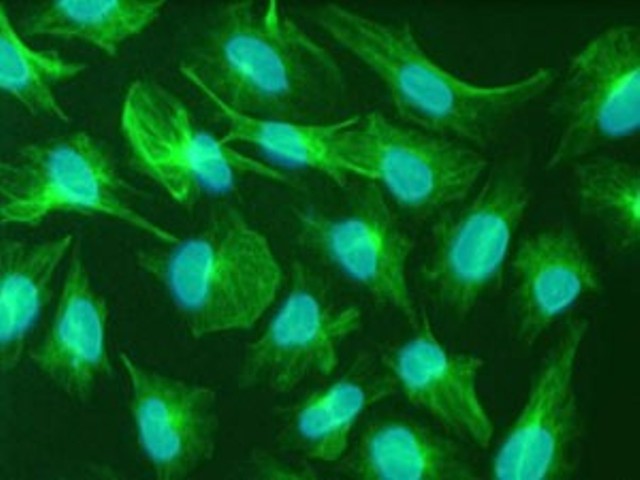Dr Will Singleton, one of our co-funded researchers, tested the delivery of the drug Panobinostat using a method called convection enhanced delivery (CED).
CED is a technique that allows the infusion of drugs directly to the brain through surgically implanted micro-catheters. This overcomes the major challenge of having to get drugs across the blood brain barrier (BBB), the brain’s very own security system to stop harmful substances getting to it.
“Our understanding of the biological mechanisms that cause high grade brain tumours is accelerating very quickly, and there are consequently many new drugs that may be of benefit. However, many of these drugs do not cross the blood brain barrier and are often water insoluble. Panobinostat is such a drug, and we have shown that by encapsulating the drug in a water soluble nanoparticle and delivering it directly to the brain, we can overcome these limitations,” Dr Will Singleton, MRC/The Brain Tumour Charity Clinical Research Fellow, University of Bristol.
Panobinostat is a new anti-cancer drug that is known to manipulate the body’s immune system to cause tumour cell death in other cancers, but as it is water insoluble it is not suitable for delivery via CED. However Dr Singleton has shown that through chemical modification Panobinostat can be administered in nanoparticle form by CED and is associated with a prolonged survival in glioma-bearing animal models.
This technology has the potential to be applied to any water insoluble drug that is unable to cross over the BBB, opening up the possible exploration of drugs that have never been considered for the treatment of brain tumours because of this property.
Dr Singleton is part of a team that are now working to establish how these nanoparticles are broken down in the brain, as this is important to understand before they are delivered by CED in patients.
“The technology that allows us to repeatedly administer drugs to the brain by CED is already undergoing clinical investigation, so we are hopeful that we can translate this nanoparticle technology and investigate the treatment in a clinical trial.”
As a Charity we are very excited about the potential of this therapy to continue to advance and move from bench to bedside.
Read the full article.
